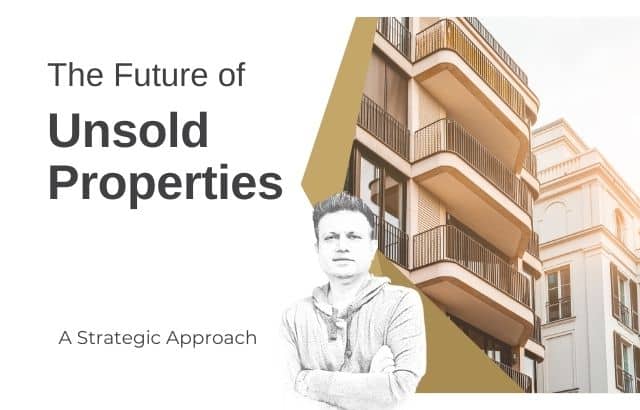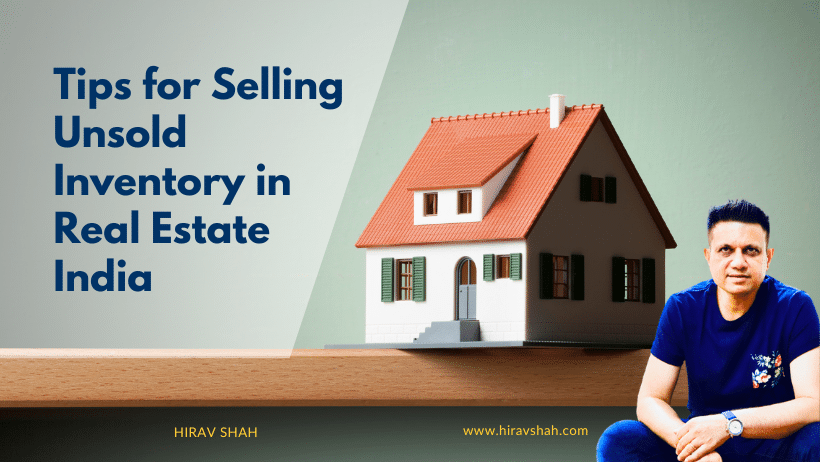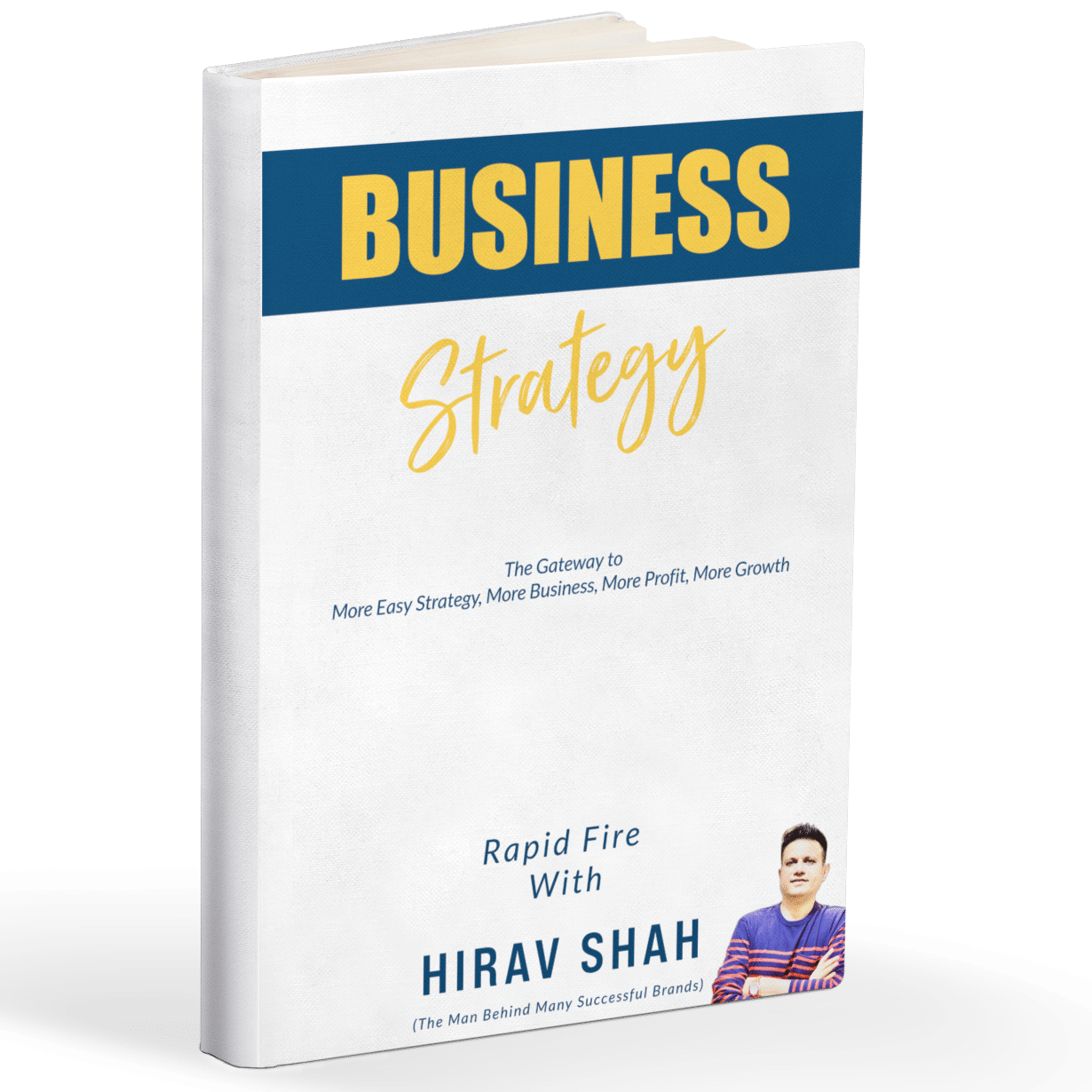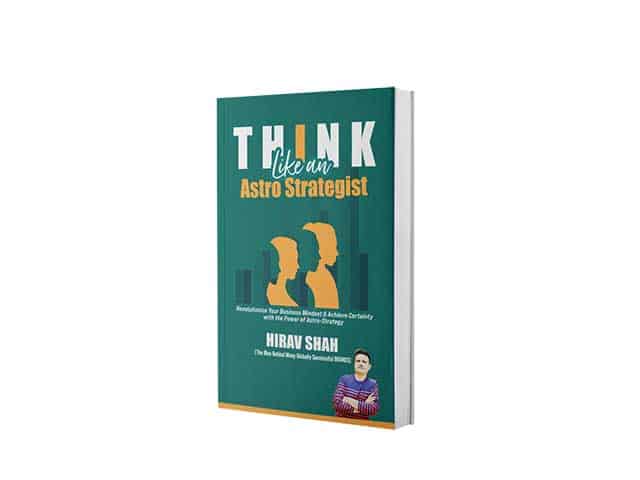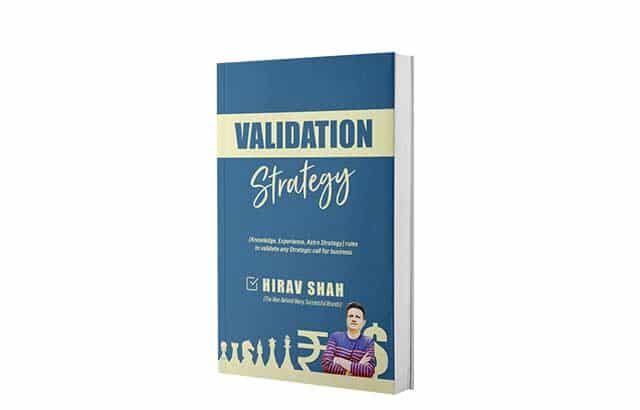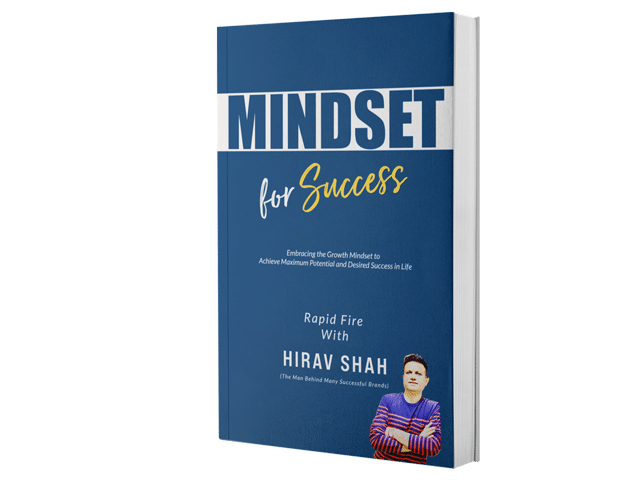In today’s rapidly changing real estate market, one of the major challenges faced by developers, investors, and property owners is managing unsold properties. These unsold properties can become a financial burden, impacting cash flow and hindering growth potential. However, the future of unsold properties doesn’t need to be bleak. With the right strategies in place, these properties can be transformed into lucrative investments.
A leading voice in this space, Hirav Shah, also known as The Game Changer, has been guiding businesses and developers to navigate through these challenges. By employing forward-thinking strategies, understanding market dynamics, and making informed decisions, unsold properties can be turned into valuable assets.
Table of Contents
Understanding the Problem: Unsold Properties
Unsold properties are often seen as a liability. They tie up capital, create maintenance costs, and generate little to no revenue. Several factors contribute to this issue, including:
- Overpriced Listings: The property may be priced too high relative to its location, market demand, or comparable properties.
- Market Fluctuations: Economic downturns or changes in consumer behavior can decrease demand for certain types of properties.
- Incorrect Targeting: If the property is marketed to the wrong audience, it may not attract the right buyers.
Hirav Shah’s Strategic Approach to Unsold Properties
Hirav Shah’s approach to unsold properties revolves around the concept of strategic repositioning. This involves looking at each property through the lens of market demand, buyer psychology, and future trends. Here are a few steps that business strategists like Hirav Shah recommend for turning unsold properties around:
1. Reassess Pricing and Market Conditions
- Example: A luxury apartment complex in a less sought-after area may not attract premium buyers. Lowering the price to make it more competitive in the local market could open up a larger pool of potential buyers.
Strategic Tip: Regularly monitor market conditions and compare your property’s pricing with similar units to ensure you’re in line with current demand.
2. Reposition the Property for a New Target Audience
- Example: An office building that hasn’t sold could be transformed into mixed-use residential spaces or even a co-working hub. By doing this, the property caters to a wider market, such as millennials or small business owners, who are looking for flexible living and working spaces.
Strategic Tip: Understand emerging trends. For instance, the rise of hybrid work models has led to a demand for flexible office spaces and smaller, affordable apartments.
3. Leverage Digital Marketing and Social Media
- Example: A prime piece of land in a suburban area might not attract local buyers. However, targeted online marketing campaigns can reach potential buyers from outside the region, expanding the market for the property.
Strategic Tip: Collaborate with digital marketers and influencers to build awareness about unsold properties and showcase their unique selling points.
4. Renovation and Value-Addition
- Example: A residential complex with outdated interiors might struggle to attract buyers. Minor renovations like updating the kitchen or redoing the flooring could add significant value and make the property more desirable.
Strategic Tip: Small, cost-effective upgrades can yield big returns. Be strategic about the areas of the property that need improvement.
5. Innovative Financing Options
- Example: Offering rent-to-own or leaseback options could make unsold properties more attractive, especially in areas where buyers are hesitant due to high down payments.
Strategic Tip: Partner with financial institutions to offer creative financing solutions that make it easier for buyers to purchase your property.
The Role of a Business Strategist
A business strategist like Hirav Shah plays a crucial role in analyzing market conditions, identifying opportunities for repositioning, and crafting long-term growth strategies for unsold properties. Business strategists look at data, trends, and buyer behavior to guide their decisions. In the context of real estate, this often involves working with developers, investors, and marketing teams to devise solutions tailored to specific market needs.
Business strategists are also responsible for:
- Market Analysis: Understanding local and international real estate trends.
- Brand Positioning: Creating a distinct identity for a property that resonates with the right audience.
- Financial Planning: Optimizing cash flow and making smart decisions about property investment.
For instance, a business strategist might recommend that a developer look into upcoming urban developments or infrastructure projects that could increase demand in an area, making it the right time to sell or reposition a property.
FAQs: Turning Unsold Properties into Assets
1. How can a business strategist help with unsold properties?
- A business strategist like Hirav Shah can analyze market trends, identify potential buyers, and recommend strategic pricing, marketing, and repositioning tactics to sell unsold properties faster and for a higher price.
2. What factors should be considered before lowering the price of a property?
- Before adjusting the price, a business strategist will consider factors like local market conditions, comparative property prices, the time the property has been on the market, and the potential return on investment. Sometimes, lowering the price may not be the best solution, and repositioning the property may be a better strategy.
3. What’s the role of renovation in selling unsold properties?
- Renovation can significantly increase the perceived value of a property, but it needs to be done strategically. A business strategist can suggest cost-effective upgrades that will appeal to the target market. For example, modernizing kitchens or bathrooms in a residential property could yield higher returns.
4. How do digital marketing and social media play a role in selling unsold properties?
- Digital marketing expands the reach of your property listing to a broader audience. Social media campaigns can generate awareness and interest from potential buyers who might not be in your immediate geographic area. A strategist will help you identify the right channels to advertise and attract leads.
5. Can unsold properties be leased instead of sold?
- Leasing unsold properties can be a viable option, particularly for commercial properties. A strategist can help you evaluate whether leasing is a better option based on current market conditions and long-term financial goals.
Example Calculations: How Strategic Pricing Can Impact Your Bottom Line
Let’s look at a hypothetical scenario of an unsold residential property.
- Initial Asking Price: ₹1.5 crore
- Time on Market: 12 months with no offers
- Current Market Value: ₹1.2 crore (after analysis of market trends and comparable sales)
By lowering the asking price to ₹1.2 crore, you might:
- Attract 10% more buyers, leading to more viewings and offers.
- Close the sale within 3 months, rather than waiting another 6 months for the right buyer.
Financial Impact:
- Previous Potential Profit: ₹1.5 crore
- New Selling Price: ₹1.2 crore
- Difference: ₹30,00,000 loss in potential revenue, but the property is sold faster and avoids ongoing costs (maintenance, taxes, interest on loans).
Alternatively, renovation costs might be calculated like this:
- Renovation Cost: ₹5,00,000
- Increased Property Value: ₹10,00,000
- Return on Investment: 100% increase in value from renovation
This demonstrates how a well-executed strategy can turn an unsold property into a valuable asset, even if the initial sales strategy didn’t work.
Conclusion
Unsold properties don’t have to be a financial drain—they can be a goldmine if approached strategically. By reassessing pricing, repositioning the property, leveraging digital marketing, and offering creative financing options, developers and investors can unlock the full potential of these assets.
With the guidance of an experienced business strategist like Hirav Shah, the future of unsold properties can be far brighter than expected, turning liabilities into assets and creating new opportunities for success in a competitive market.
The game is always changing, but with the right strategy, you can always stay ahead.
Hirav Shah’s innovative approach to referral-only business models and unsold properties offers a fresh perspective on turning challenges into opportunities. By focusing on building strong, trust-based networks and applying strategic solutions to unsold properties, businesses can unlock new growth avenues. Referral models encourage deeper relationships, while rethinking unsold properties can convert potential losses into valuable assets. In today’s ever-evolving market, staying ahead of trends with the right strategy and mindset is key to turning obstacles into stepping stones for success.
Read more about Hirav Shah’s expert insights in his exclusive interview with Times of India.

